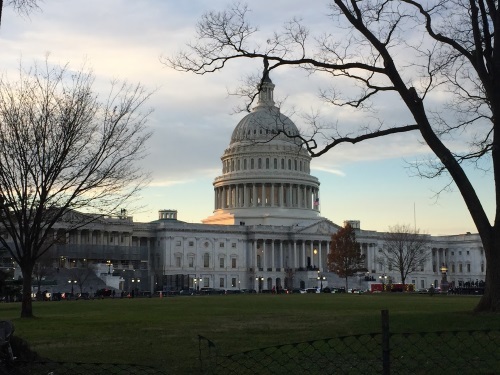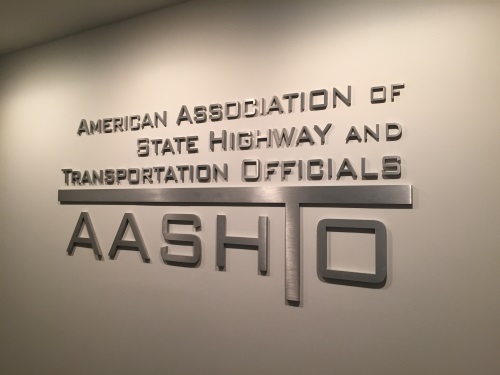The American Association of State Highway and Transportation Officials sent two comment letters to the U.S. Department of Transportation on December 22, 2020: one concerning the July 2020 overhaul of National Environmental Policy Act or NEPA regulations and the other responding to proposed changes to highway design standards.

AASHTO’s 10-page NEPA letter relates to the notice of proposed rulemaking published by USDOT November 23, 2020 – an NPRM that seeks to update procedures for considering the environmental impact of transportation projects under the revised NEPA regulations.
In its letter, AASHTO said it supports updating USDOT’s existing “Procedures for Considering Environmental Impacts” as they “have not been updated in 35 years,” yet noted several key points for consideration:
- AASHTO strongly opposes requiring state DOTs to track and report their costs to prepare an environmental impact statement or EIS as “this will impose a substantial administrative burden on state DOTs.”
- AASHTO is concerned that an expanded list of “extraordinary circumstances” within the new rules could create “significant delays” in terms of the time needed to evaluate whether extraordinary circumstances are present – even where an action has no potential for causing environmental impacts that may be significant.
- The proposed rule contains “departmental procedural requirements” that would be impractical or illogical for states with NEPA assignments to comply with.
Meanwhile, in its two-page letter regarding proposed changes to highway design standards, AASHTO supported two key revisions:
- A provision for “additional flexibility” that would allow states to develop and use specific resurfacing, restoration, and rehabilitation or RRR standards on Interstates and other freeways. “This will allow states to continue to ensure the safety of the traveling public using a variety of tools now available while allocating funds in a responsible manner,” AASHTO said.
- The addition of a “programmatic exception” allowing states to use the most recent editions of design standards before a final rule change incorporating those editions has been made.
 Top Stories
Top Stories
AASHTO Comments on Proposed Drone Rules
October 10, 2025 Top Stories
Top Stories

